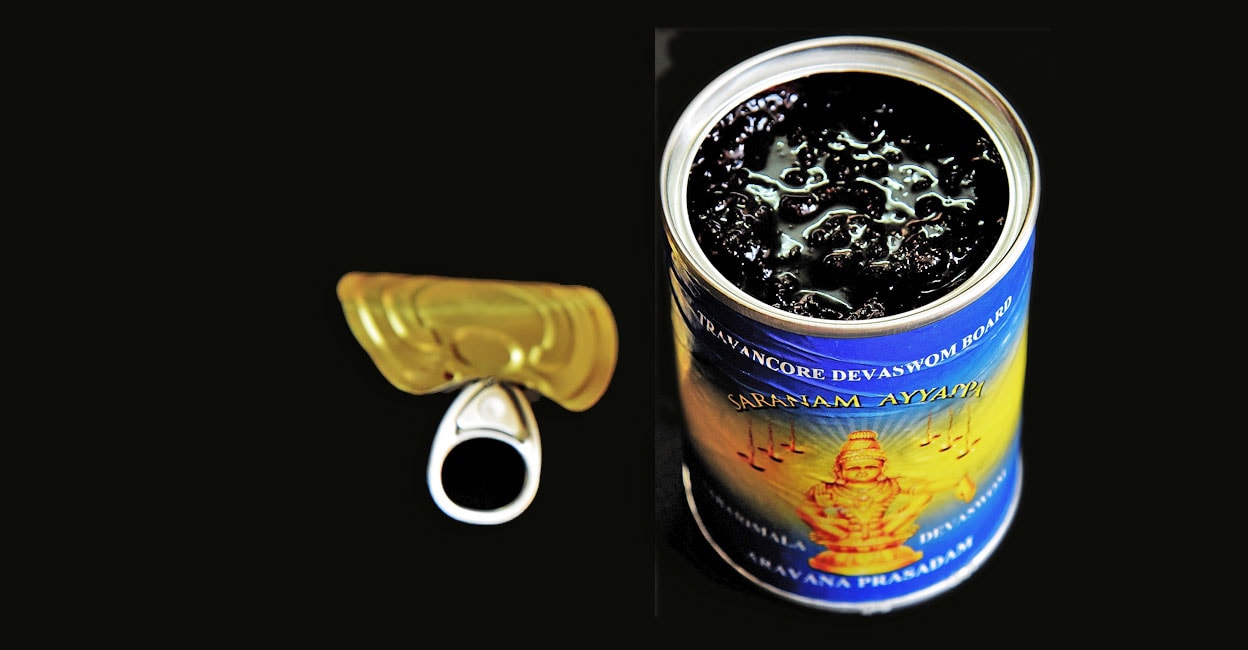How to observe the Mandala vrat for Sabarimala pilgrimage: Embracing culinary restraint and spiritual discipline

Mail This Article
The Mandalam season is more than a time of penance; it is a deeply spiritual journey that unites body, mind, and soul in devotion. Mornings during this sacred period begin with the scent of vibhuti, a ritual bath in ice-cold waters, and the rhythmic chant of ‘Swamiye Saranamayyappa.’ Each barefoot step on the earth resonates with reverence, marking a path of discipline and faith.
This season, dedicated to the trek to Sabarimala where the famed Sree Dharma Sastha Temple is located at, is not only about enduring rugged trails but also about embracing simplicity in every aspect of life, including food. The culinary customs observed during Mandalam reflect this devotion, focusing on purity and restraint, preparing devotees for the spiritual and physical demands of their pilgrimage.

A journey of penance that restraints the taste buds
One of the distinctive aspects of the Mandalam penance is its focus on consuming pure food, with a clean body and mind. This dietary restraint not only aligns with the spirit of devotion but also lightens the body, making the challenging trek to Sabarimala more manageable.
Breakfast is taken only after a bath, the application of vibhuti, and chanting of 'Swamiye Saranamayyappa’. Throughout the season, rice is eaten only once a day, and devotees refrain from all non-vegetarian foods, as well as consuming liquor and betel paan.
Traditionally, Ayyappa devotees observing penance would prepare their own meals. This commitment to purity extended into the pilgrimage too, where devotees carry their 'irumudikettu’ along with rice and utensils to cook their own food.

Aravana: A sweet share of the virtue
Returning after a 'darsan’ of Lord Ayyappa atop the hill, every devotee clutches a cherished treasure – a tin of Aravana Payasam, held close in their hands. After all, what better way to share the virtue of witnessing Lord Ayyappa with loved ones than through this super-sweet dessert? Once tasted, the sharp sweetness of Aravana lingers, leaving a lasting impression on the tongue.
Aravana Payasam is made from brown rice (unakkalari), slow-cooked in jaggery and boiled in four times the amount of water. Interestingly, it is this very brown rice that pilgrims once carried with them during their holy trek. Food historians suggest that Aravana has its roots in the practices of these devotees, who, with limited water in the forest, crafted this dessert as an offering to the god.

Another belief traces the origin of Aravana to Sharavana Maharshi, a sage said to have created the dish. The name 'Aravana Payasam ' is thought to be derived from the sage’s name, Sharavana.
Native cuisines to satiate hunger
Another culinary tradition that the Mandalam season offers is called Puzhukku,. Traditionally, the dish was prepared using a variety of tubers, abundant in local neighbourhoods and harvested during the Malayalam months of Vrishchikam and Dhanu. In the past, there was an array of tubers – yam (chena), tapioca (kizhangu), purple yam (kachil), taro (chembu), and many more. Today, however, Puzhukku is typically prepared with just one of these tuber varieties.
The taste notes of Mandalam
Kappa puzhukku
This traditional dish brings together tapioca, green gram, and raw bananas for a hearty and flavourful meal. Start by soaking the green gram in water for three to four hours. Once softened, cook it along with raw banana slices, adding a teaspoon of turmeric, a pinch of chilli powder, and salt to taste. In a separate pot, cook the tapioca with a little salt, then add it to the green gram and banana mixture. Blend in shallots ground with green chillies for extra flavour (though some prefer to skip the shallots during penance). As the ingredients cook together, a rich aroma will fill the air. Just before taking it off the heat, sprinkle in a few curry leaves and drizzle a few drops of coconut oil for that final touch.
Chakka puzhukku
This dish highlights the rich flavours of raw jackfruit and its seeds. Begin by cooking the jackfruit and seeds with a pinch of salt and ensure that there is still some water left in the vessel when they are tender. Next, add a blend of coconut, cumin seeds, and garlic – all half-ground together – and stir well to combine. As the raw aroma fades, pour a few drops of coconut oil over the mixture.

